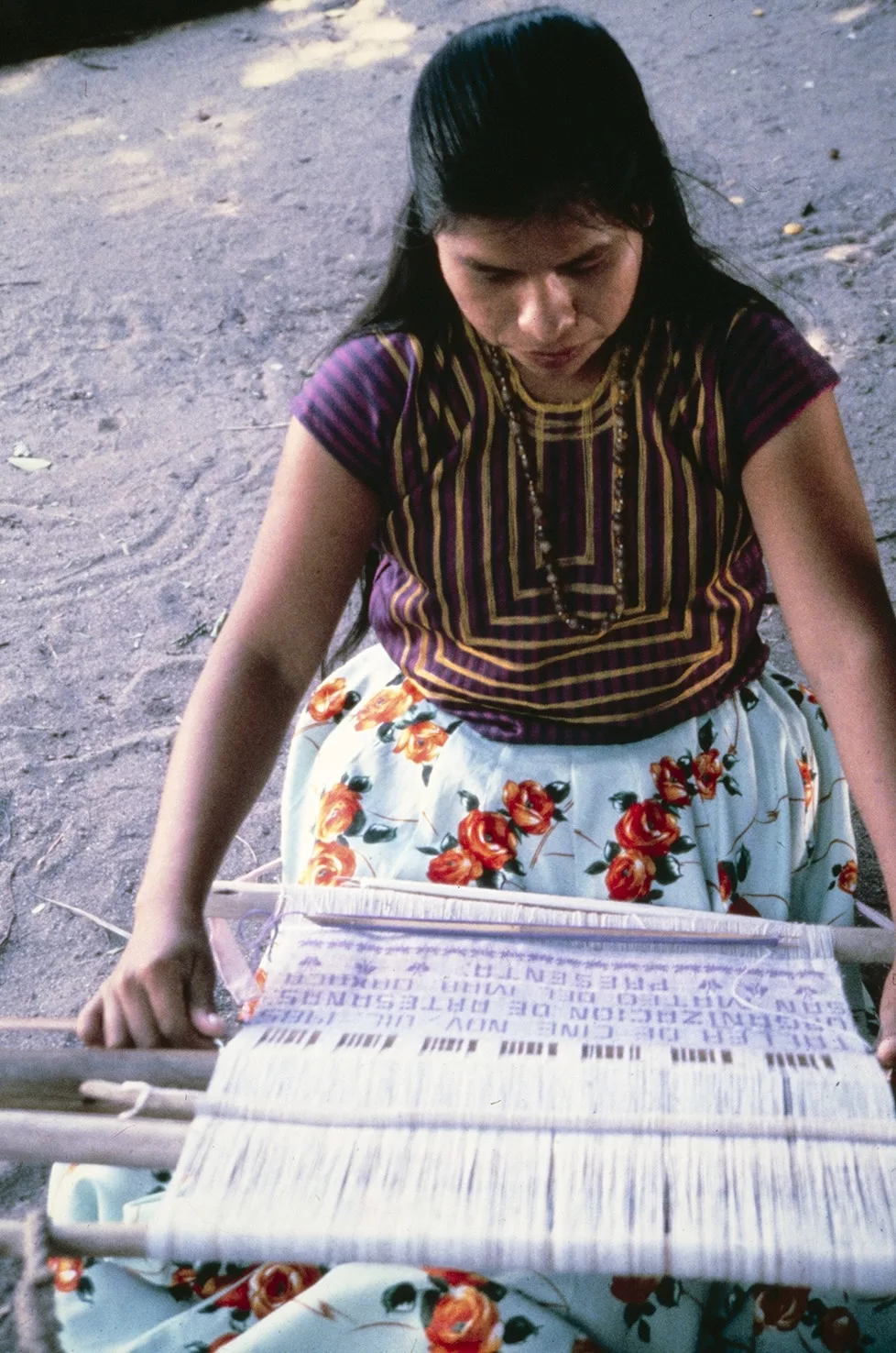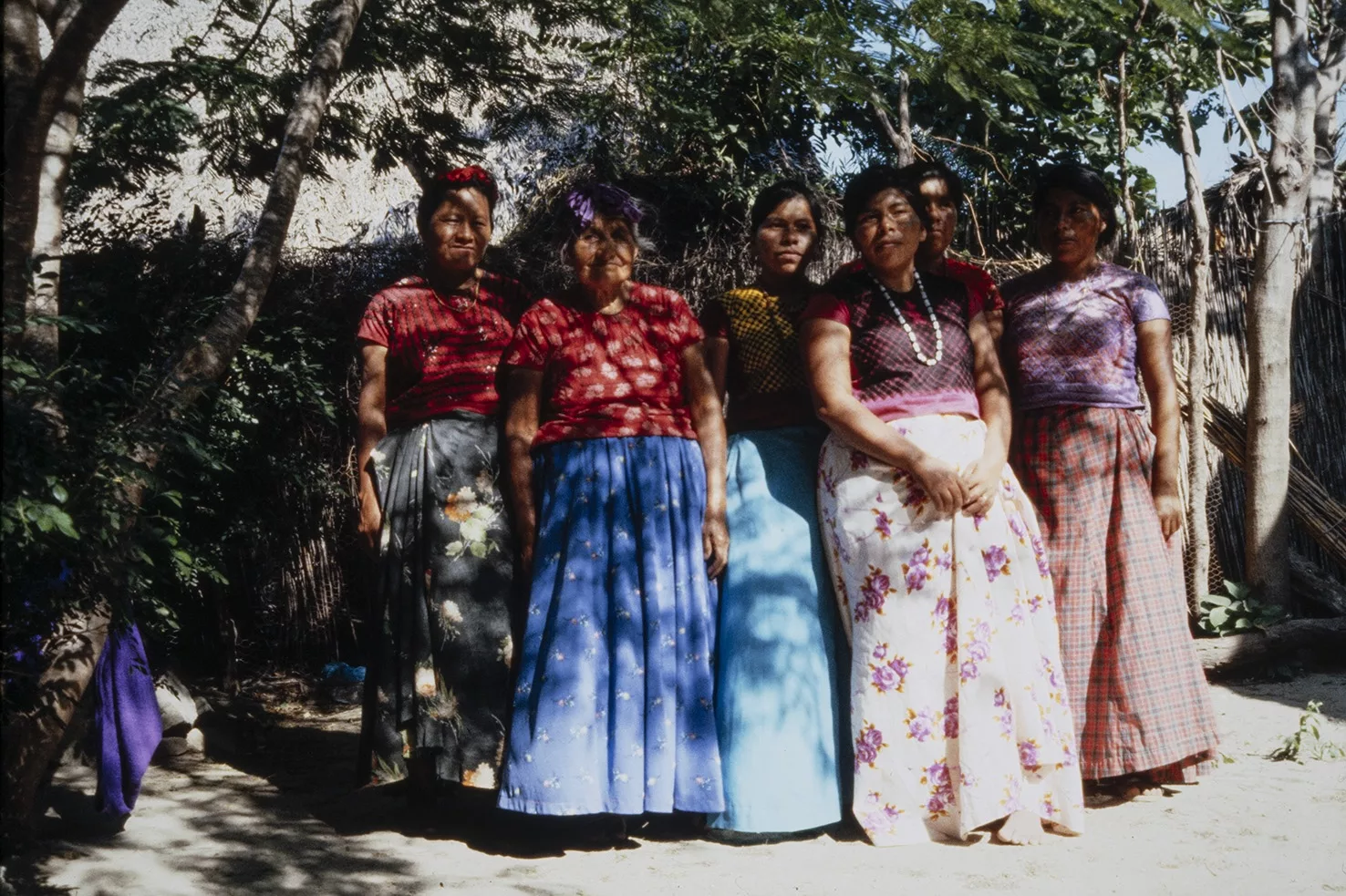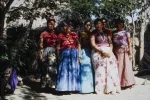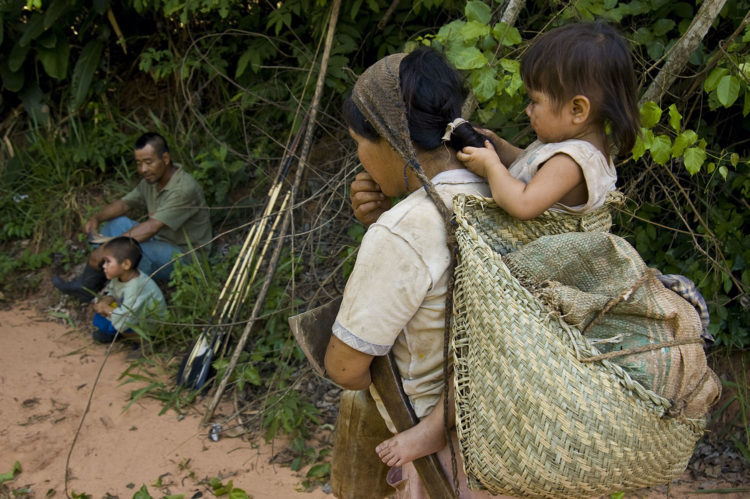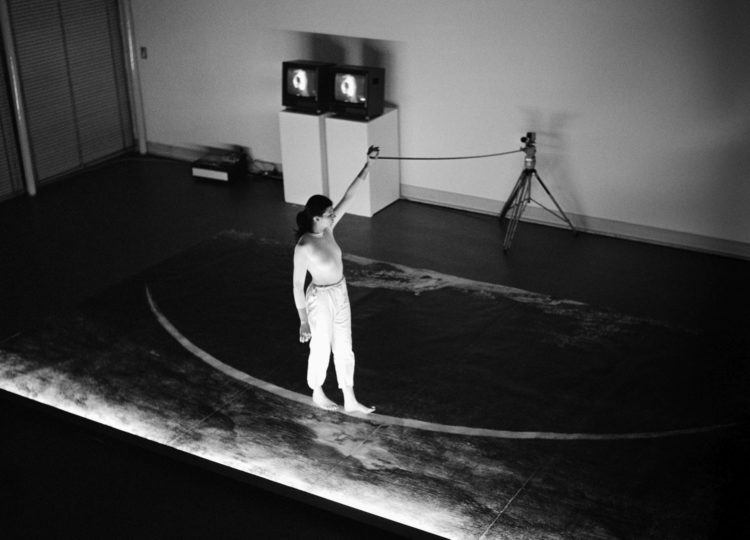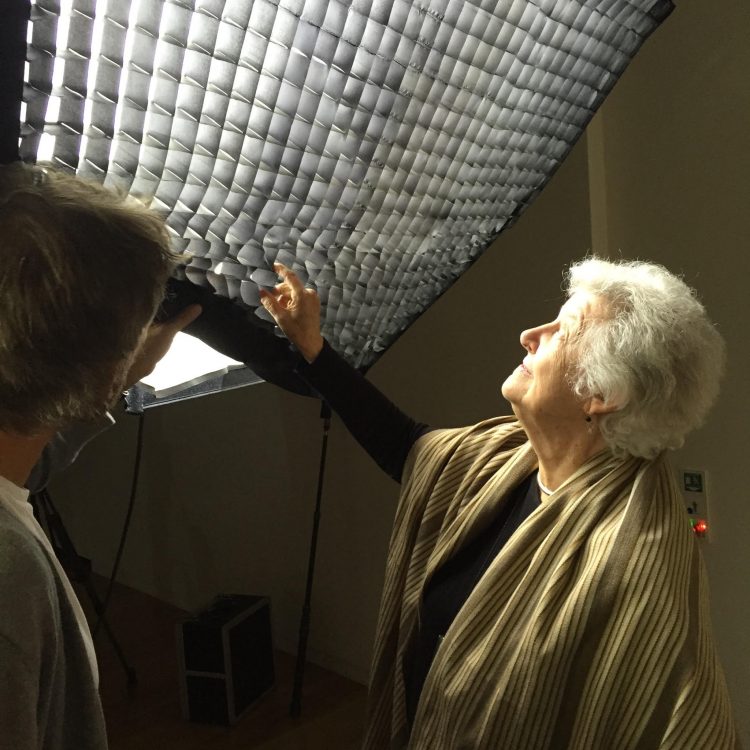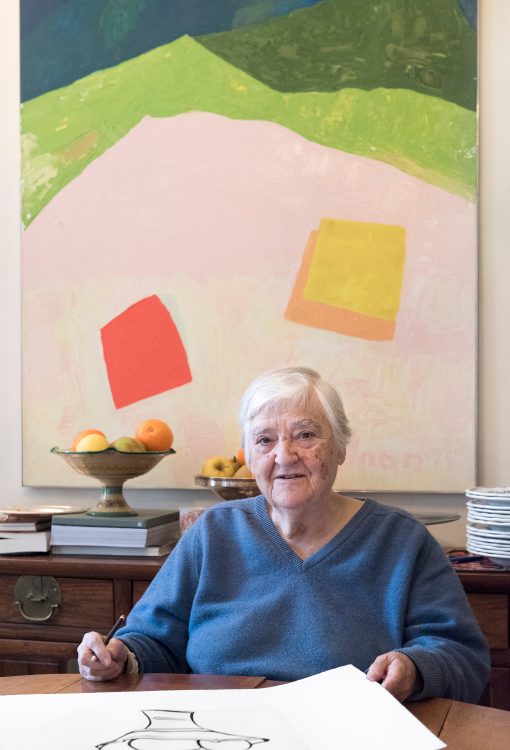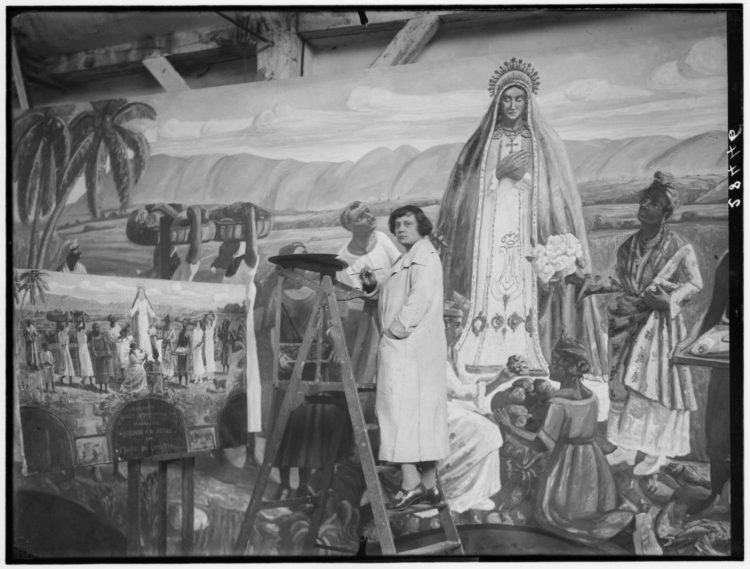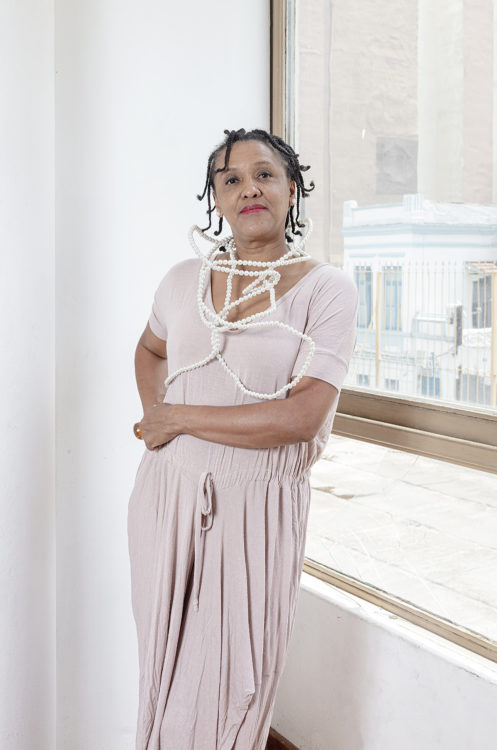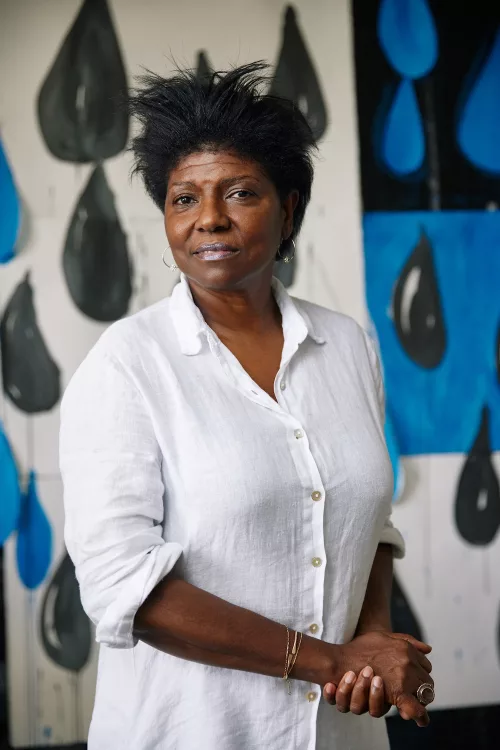Elvira Palafox Herrán
García Torres Lilia and Lourdes Roca Ortiz, “Mirar en clave ikoods. Lecturas etnográficas del Primer Taller de Cine Indígena”, in Antonio Zirión Pérez (editor), Redescubriendo el Archivo Etnográfico Audiovisual. Mexico: Universidad Autónoma Metropolitana/Fondo Nacional para la Cultura y las Artes, 2021
→Martínez Almonte, Eréndira. Tramas, imágenes e intersecciones. Narrativas y Resistencias de Cineastas Indígenas, master’s thesis, Centro de Investigaciones y Estudios Superiores en Antropología Social (CIESAS), Mexico, 2021
→INPI, Mujer ikoots: cineastas indígenas. Mexico, Instituto Nacional para los Pueblos Indígenas, 2018
Ikoots weaver and filmmaker.
Elvira Palafox Herrán was born in San Mateo del Mar, Oaxaca, to Antonina Herrán and Pablo Palafox. She was the fourth of six siblings, with three brothers – Pedro, Claudio and Hilario – and two sisters, Teófila and Francisca. She grew up on the ancestral land of the Ikoots community, amidst sand, dunes, wind, the sea and the trades practised by her family: weaving and fishing. She learned the art of telar de cintura (backstrap loom weaving) when she was very young. Through her talent, E. Palafox gained recognition within her village and in neighbouring towns like Salina Cruz and Juchitán. She was particularly known for her expertise in tejido doble, or double weaving, a complex technique where the fabric displays different patterns on each side – a skill mastered by only a few.
In 1985, at the age of 20, E. Palafox took part in the First Indigenous Film Workshop, organised by the National Indigenous Institute (INI), now known as the National Institute of Indigenous Peoples (INPI), under the direction of filmmaker Luis Lupone. Timotea Michelin and Guadalupe Escandón were part of her group, while her sister Teófila (b. 1956) worked alongside Juana Canseco and Justina Escandón in another group. The workshop lasted five weeks. During the final week, the students filmed their own Super8 videos under the guidance of the filmmaker instructors. The team consisting of T. Palafox, J. Canseco and J. Escandón became known for their film Leaw amangoch tinden nop ikoots – La vida de una familia Ikoots [The Life of an Ikoots Family, 1985]. The other team, with E. Palafox, T. Michelin and G. Escandón, focused on the ancient stories and traditions of their community, which inspired the screenplays for their films Angoch tanomb – Una boda antigua [A Traditional Wedding, 1985] and Teat Monteok: El cuento del dios del Rayo [The Tale of the Lightning God, 1985]. The script for Angoch tanomb was written by E. Palafox and T. Michelin, drawing on the memories of the latter, who was the eldest of the group. E. Palafox designed the costumes, staying as true as possible to the descriptions of traditional Ikoots clothing. Teat Monteok reflects E. Palafox’s deep interest in her people’s connection to their ancient gods; the film also allowed her to fulfil a personal dream of sailing offshore in a canoe. Both short films are preserved in the Alfonso Muñoz Film and Video Archive at INPI and remained unreleased until 2018, when they were published as part of a DVD and book boxed set.
Five years after this pioneering workshop, in 1991, the artist married a young man from her community. Unfortunately, the marriage was unhappy. Suffering from complications due to a high-risk pregnancy and with inadequate medical services in San Mateo del Mar, E. Palafox was urgently evacuated to the port of Salina Cruz, where she and her unborn child both passed away.
The women from the workshop did not capture the social issues that affected, and are still affecting, their community – such as alcohol abuse, domestic violence and sexism – in their films. Nevertheless, these were significant aspects that marked the life and untimely death of E. Palafox.
A biography produced as part of “The Origin of Others. Rewriting Art History in the Americas, 19th Century – Today” research programme, in partnership with the Clark Art Institute.
© Archives of Women Artists, Research and Exhibitions, 2025



 Teat Monteok: el Cuento del Dios del Rayo (Dir. Elvira Palafox). Instituto Nacional de los Pueblos Indígenas. (INPI)
Teat Monteok: el Cuento del Dios del Rayo (Dir. Elvira Palafox). Instituto Nacional de los Pueblos Indígenas. (INPI) 







